audio.IN_x11.5.app
Shockwave application, 800 x 600 px, music: random, 1999
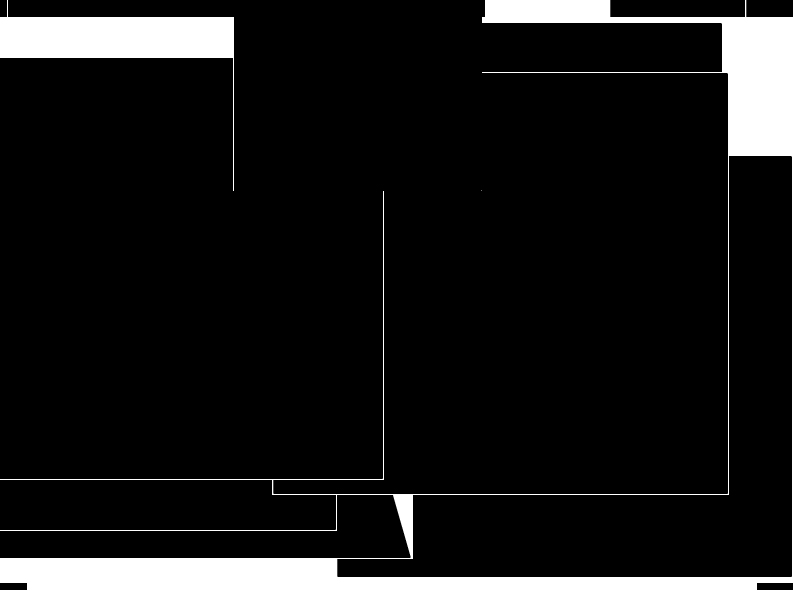
© Snapshot audio.IN_x11.5.app
Annja Krautgasser deliberately produced a picture that cannot be hung on the wall with audio.IN_x11.5.app. It is not intended to be tangible: It is intended to be permanently overwritten, to generate a “contemporaneous image,” one that changes its appearance every second. With the input of a random musical source, the director’s application programmed by Annja Krautgasser, audio.IN_x11.5.app generates abstract geometric shapes. The black and white graphics rotate, pulsate, and overpaint one another according to the rhythm and periodicity of the music. Depending on six available algorithms, audio.IN_x11.5.app interprets the sound in realtime as visual material reminiscent in its digital quality of simple delicate Indian ink drawings.
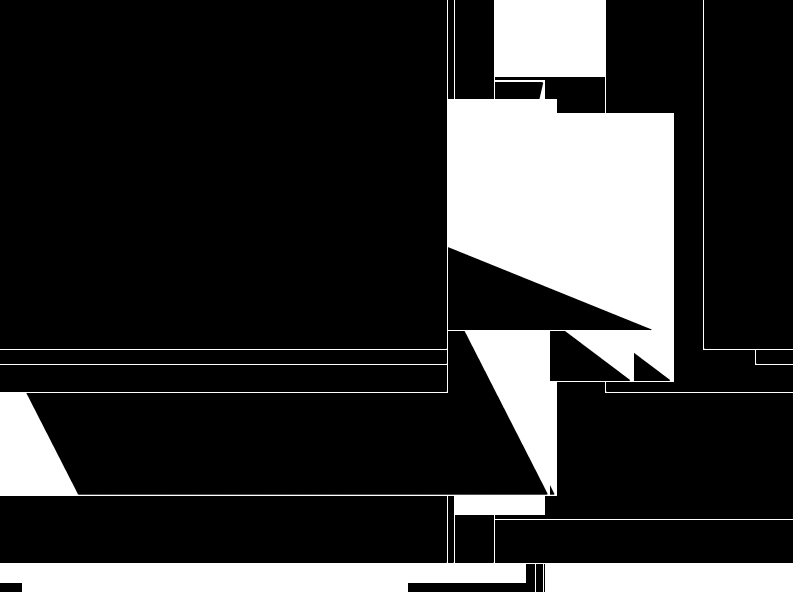
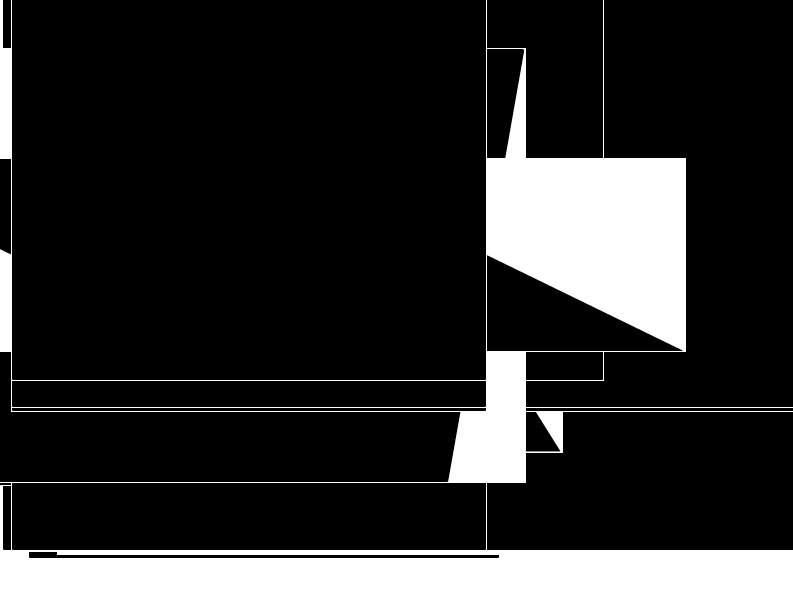
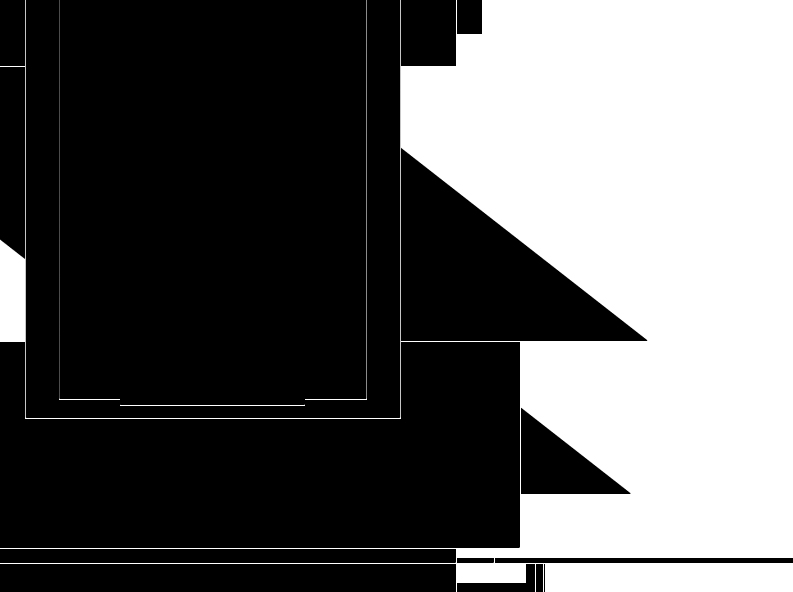
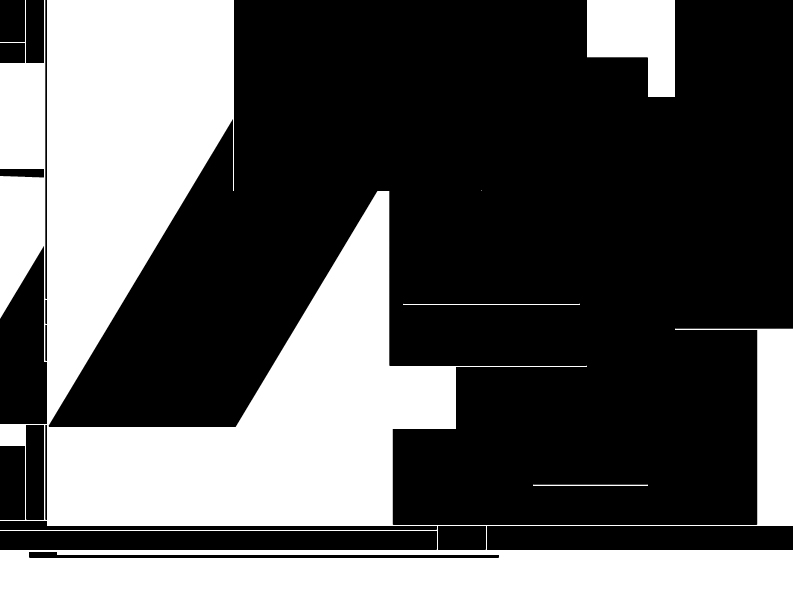
© Snapshots audio.IN_x11.5.app
For Annja Krautgasser, the artistic statement lies in the transformation of information. The transformation of sound into images in audio.IN_x11.5.app is based on a method developed by the mathematician Jean Baptiste Joseph Fourier for applying a different function (imagery) to a given function (sound). Krautgasser’s reduced digital aesthetic consisting of lines, circles, and other patterned areas can be interpreted as a further historical allusion—to the Bauhaus style. The artist, here working on the boundary between technician and digital craftsperson, develops a contemporary model for the interplay of images and sound that underpins the hierarchic flattening-out of these components.
Automated calculations controlled the design process; the random becomes an artistic agenda. In the methodical approach
taken by the trained architect Krautgasser, there are parallels to be recognised to deconstructivist models and buildings by, for instance, Zaha Hadid or Peter Eisenman. Deviations from the values of harmony, unity, and stability are also replaced by the structure and treated as ornamentation in Krautgasser’s new media art.
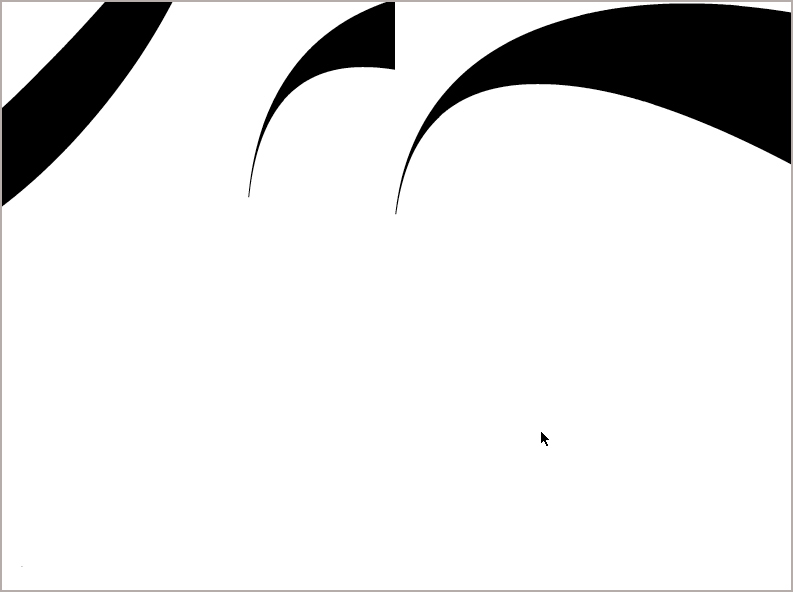
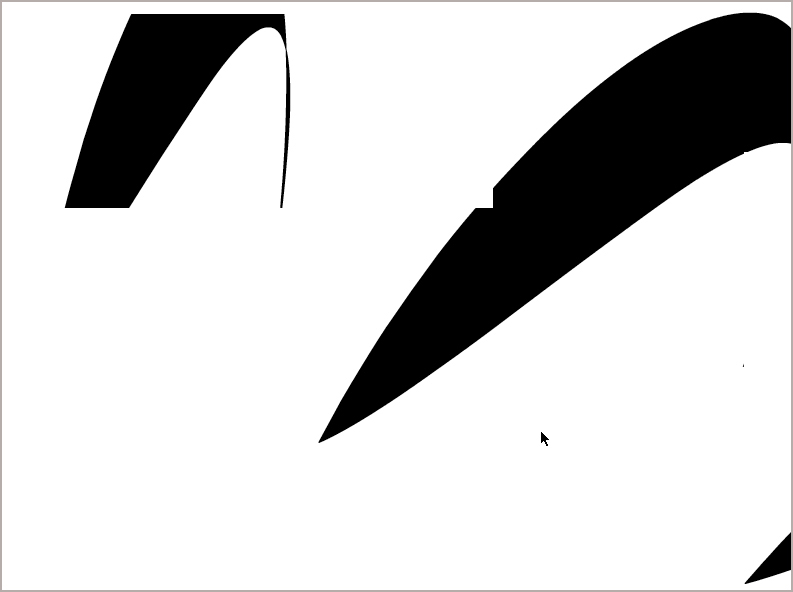
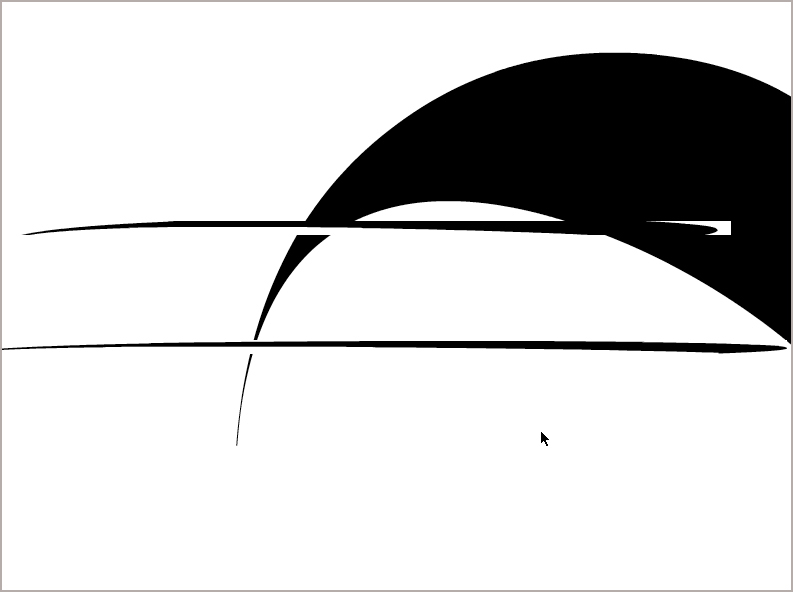
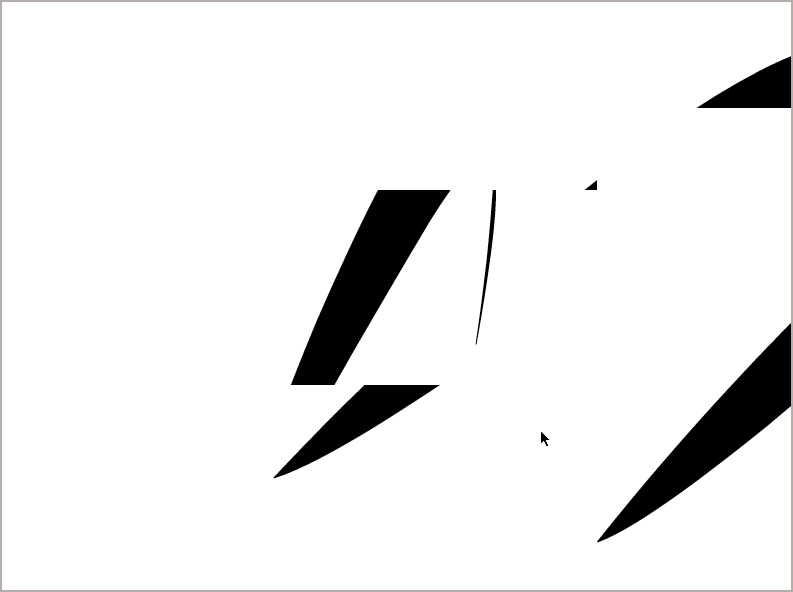
© Snapshots audio.IN_x11.5.app
At the end of the 1990s, the introduction of the computer into Krautgasser’s artistic practice, who studied under Peter Weibel at the University of Applied Art, has led to new forms of perception. The presentation and production techniques for her works were primarily situated beyond a context of galleries. Laptop musicians and artists were working in open collectives online and in the metropolitan (techno) clubs. Krautgasser’s collaborations with musicians from the field of experimental electronic music, such as the band Radion, were part of a new charged scene combining popular cultural venues with art production. The capital of Austria was considered a hotspot and a secret tip for the international “new electronic music scene.” Artists like Annja Krautgasser were fully fledged “band members” who distilled their imagery live from the musicians’ groaning minimalist techno sounds at club gigs using specially programmed software.
audio.IN_x11.5.app documents its time, where to a large extent the interface between imagery and sound is marked at random. In retrospect audio.IN_x11.5.app is a decisive moment for the approach to her work adopted later by the artist, who has been emerging increasingly from the cover of abstraction with her current production. The deliberately intangible image of the time, audio.IN_x11.5.app, has become concrete—for example, in the form of selected screenshots, which hang today at the Department of Culture of the Tyrolean Regional Government as a 10-part series (TMP 4-13).
(Petra Erdmann)